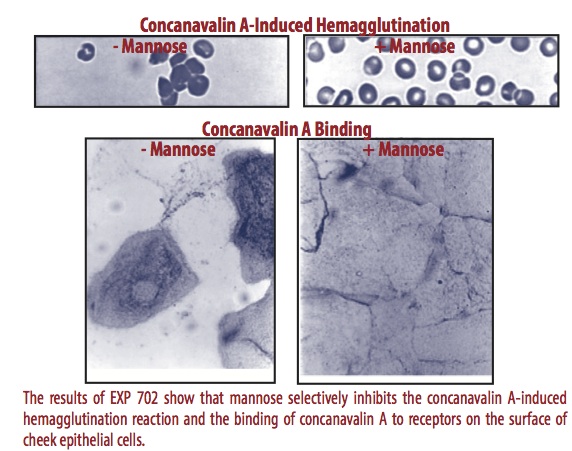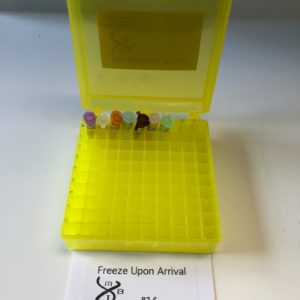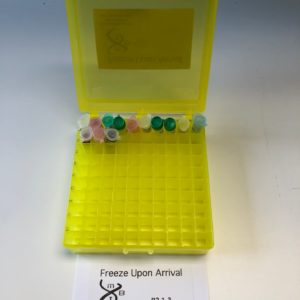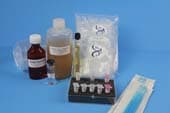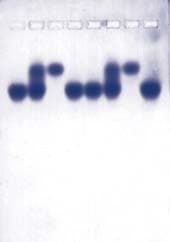Description
Chemical signaling between cells in multicellular organisms is frequently mediated by cell-surface receptors. The receptors for neurotransmitters, protein hormones, growth factors, and plant lectins are a few of the many known examples of these important membrane components. In this exercise, students examine the cell location and properties of the receptor for the lectin concanavalin A. In the first experiment of the series, students use a concanavalin A-peroxidase complex in a microscopic assay to show that the specific receptor is found on the surface of their own cheek epithelial cells. In the second part of the exercise, students study the characteristic hemagglutination reaction that is elicited by concanavalin A and learn that the reaction is due to multiple sites for receptor binding on the concanavalin A molecule. It is known that concanavalin A binds selectively to mannose residues on the cell-surface glycoprotein receptor. This specificity is confirmed in the final experiment of the series where students show that mannose but not other sugars inhibit concanavalin A binding and the hemagglutination reaction. This innovative exercise provides a detailed picture of a cell-surface receptor and presents strategies that are used to study this important class of regulatory molecules. Typical results of selected portions of the experiment are shown.
 Due to Customs restrictions, we only accept orders from educational institutions within the Continental United States, Alaska or Hawaii.
Due to Customs restrictions, we only accept orders from educational institutions within the Continental United States, Alaska or Hawaii. 